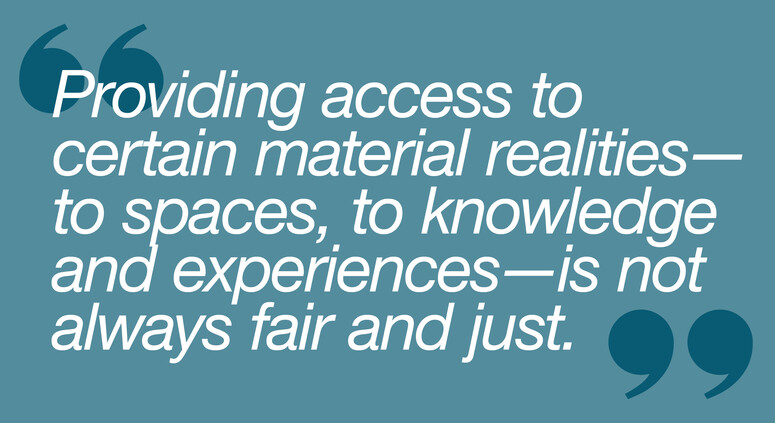design perspectives in south africa: interview with juliet kavishe (IID)

30.04.2020 Editorial
Juliet Kavishe of the African Institute of the Interior Design Professions (IID) at CIRCA GALLERY, in Johannesburg, the artworks on the wall are by South African artist Conrad Botes.
In late February 2020, ico-D was fortunate to visit South Africa, invited by the Pan Afrikan Design Institute (PADI) to attend the Afrikan Design Week event “Our Time is Now”. We met with our African Members present—, Stellenbosch Academy of Design and Photography and , as well as African designers from around the continent—to learn more about how they were working to serve their members, and what unique challenges they faced.
The PADI discussions, part of Africa Design Day events, brought together design delegates from Ghana, Nigeria, Zimbabwe, South Africa, Canada, Indonesia, Lithuania and more, in conversation with the international design community. A common theme was the need for solidarity around an African design identity as well as finding ways to stay global in-collaboration with designers worldwide. Our first conversation was with Juliet Kavishe, a self-proclaimed Afro-minimalist, Professional Interior Architect Member of the The African Institute of the Interior Design Professions (IID) and an IID Gauteng Ambassador.
ico-D: I would be interested in hearing about what design is in South Africa. Is there a vibrant community of working designers in South Africa? Are they interdisciplinary?
Juliet: South Africa has all and any design field you can imagine, expressed in all its forms. As a nation, South Africa is inherently creative, vibrant and vocal. This spans from print, to film, to fashion, advertising, the built environment, etc.
Depending on the design specialty, design in South Africa can seem quite isolated. Fashion designers have their own council, advertising agencies have design strategists, and interior designers and architects have their own separate professional bodies. In spite of the overlap in disciplines, these designers might not necessarily work together. However, for example, interior designers have to build relationships with architects and product and furniture designers because they bridge this specific service delivery gap.
Professionally, however, we have to work together and that enforces an inter-disciplinary discourse, but maybe not a creative one unless a designer is working or operating an inter-disciplinary practice that houses various design disciplines.
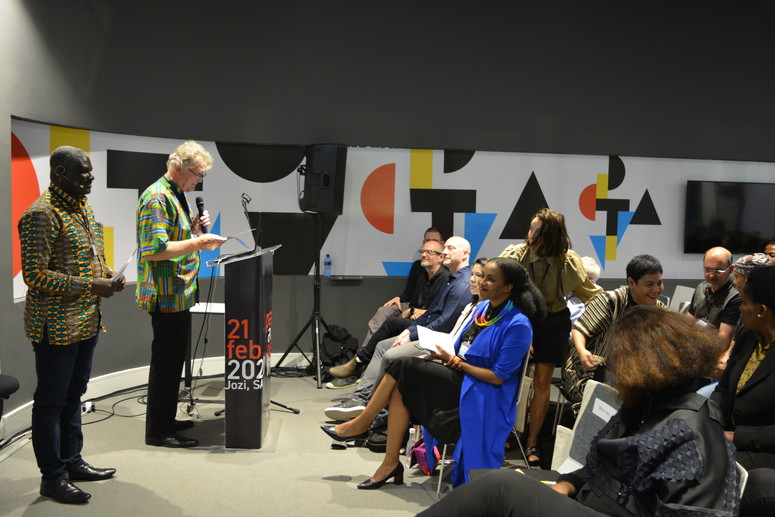
Organiser Desmond Laubscher (PADI South Africa) and Felix Ofori Dartey (PADI Ghana and DesignGhana) opening the talks at "Our Time is Now" Afrikan Design Week.
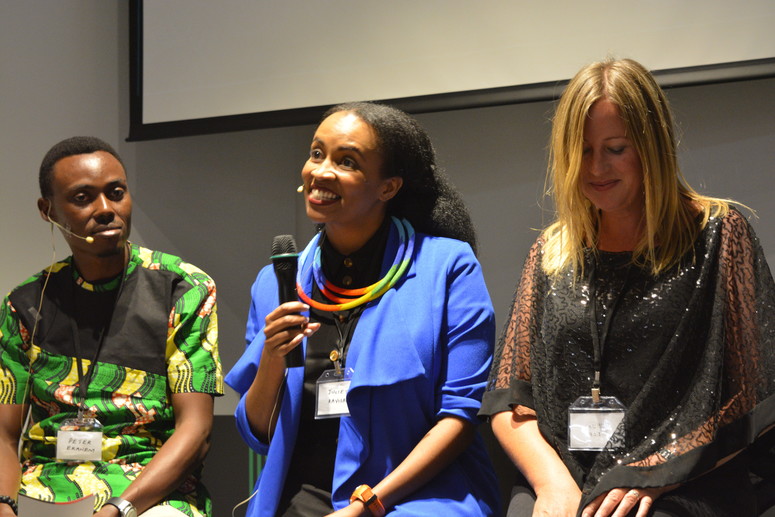
Juliet Kavishe (IID) speaking at the "Our Time Now" Pan Afrikan Design Institute Afrika Design Week panel.
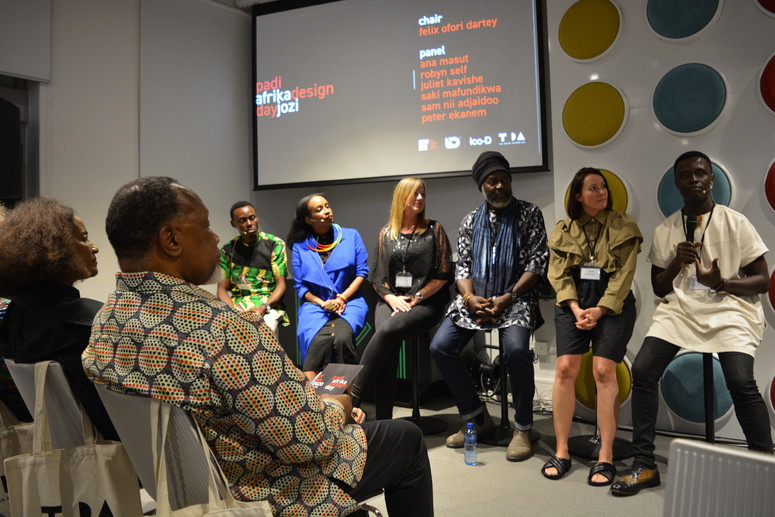
Peter Ekanem (PADI Nigeria), Juliet Kavishe (IID), Robyn Self (IID), Saki Mafundikwa, Ana Masut, Sam Nil Adjaidoo (PADI Ghana and DesignGhana) with former South African President Kgalema Motlanthe and Mapula Motlanthe in the audience.
ico-D: What are the unique challenges? We always hear how Africa is leap-frogging technologies and has such a young population, how does that effect designers? Are they working in traditional ways (Adobe suite, etc.) or finding new models to work, new programs, and new tools?
Juliet: Africa as a continent is vast and has country-specific resources and challenges. What is deemed to be traditional in the western world, might not necessarily work in our context. When it comes specifically to architecture and design, access to materials and local skill become a huge influence in how things are built; brick and mortar versus timber construction, is one example.
However, our academic institutions do teach the use of software programmes and resources to aid designers to best express their designs in order to put forth a message, have an item of clothing made or a building design executed. These tools are globally recognised, from Adobe suites, to various CAD/BIM programmes and the age old skill of hand sketches.
ico-D: What kind of community is built there? Are there events? Studios that do the occasional gathering? How are younger designers learning from more experienced designers?
Juliet: This is something that happens quite often in South Africa. There are always supplier events, be they trying to educate designers and or architects about their new products, or just networking between the disciplines. Some studios might socialise, however this mostly happens at industry events that are organised, again, by suppliers or the professional bodies and design affiliations.
Mentorship has become a huge need in our industry and the relationship between the academic institutions and professional studios have encouraged and pushed this need further, which has been quite encouraging to witness.
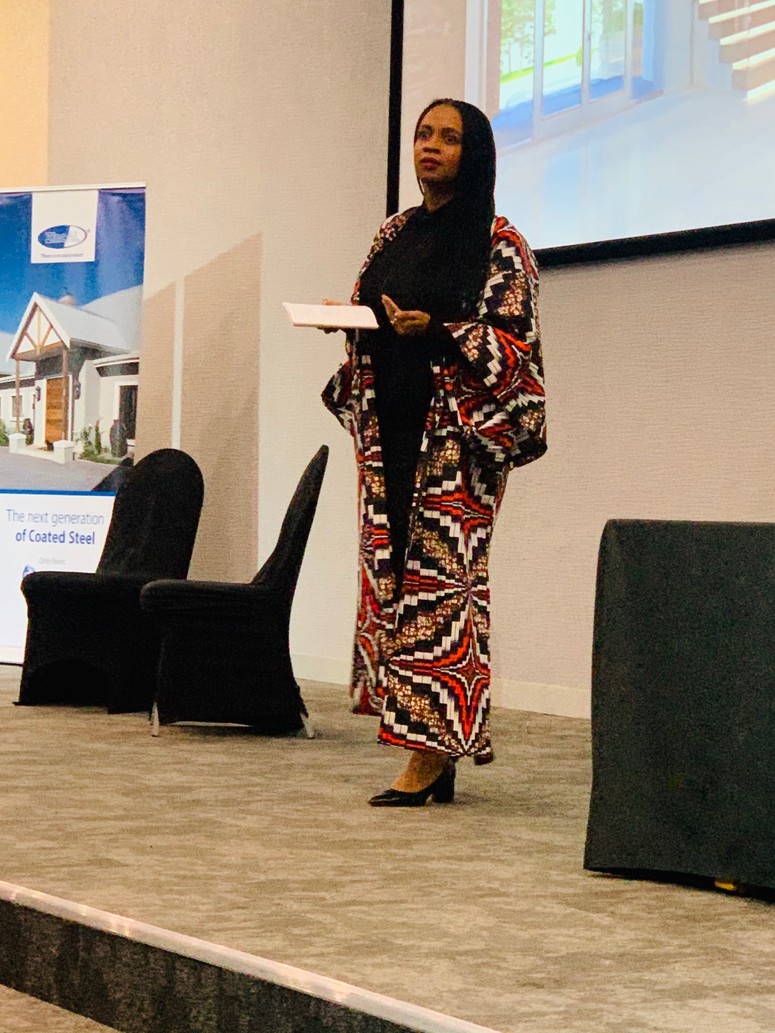
Juliet presenting at DAS Conference, The Power of Architecture & Design: Conversations on the creative process, Materiality, Cities & Building Design held in Johannesburg March 2020
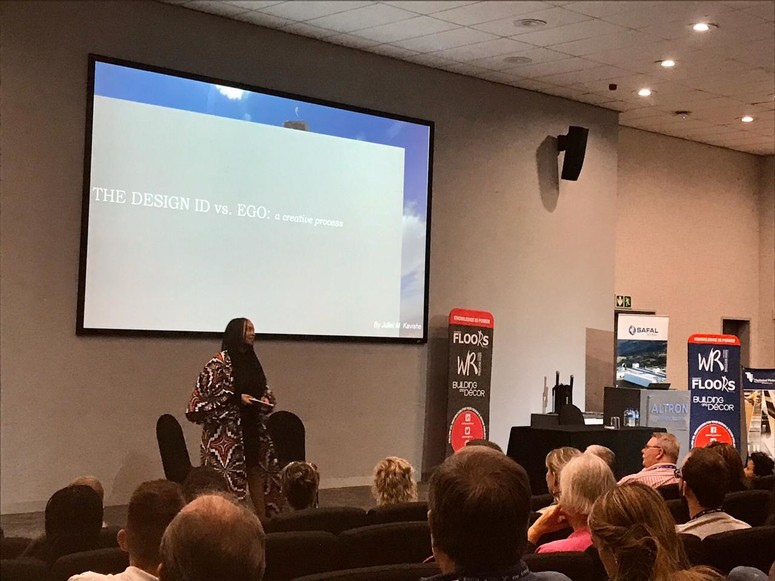
ico-D: How is your organisation, the IID, working to help designers be professional?
Juliet: The African Institute of the Interior Design Professions (IID) is a design body based in South Africa, that serves the needs of registered, practicing interior architecture, interior design and interior decorating professionals as well as education institutions and suppliers that provide services to the interior design industry. It is currently the only professional body representing the Interior Design industry in South Africa.
At our IID meeting, in the context of Afrika Design Week, we were banging our heads together to come up with ideas on how to promote the design profession and to encourage designers to register as recognised design professionals. We are finding ourselves in a day and age where everyone has access to information on the internet which so people now ask: For a graphic design job, do I want to hire a designer when I can easily access a template myself? For an interior design job I can go to Pinterest and start there. So there is a lot of available information for the public which makes it difficult for professional designers to separate themselves from non-designers in terms of skill-set. As a professional body, we ask ourselves: what do we offer our members? Do we offer them exclusive access to certain information that improves their work and gives them a certain standing over and above what the public has access to? Our discussions have been about promoting membership, and the identity of the designer and where that prestige comes from, and how that separates you from the public or non-professional designers.
ico-D: Does South Africa have a code of ethics for designers to turn to?
Juliet: The IID has a code of conduct for its members that is circulated with their membership registration which is great because then there is a set way of doing things. If someone in the public comes back and says “I used a professional that you recommended on your website and they didn’t follow these sets of standards/rules”, then we, as a body, can hold that person accountable to that document that they signed, that states their consent to oblige to the code of professional behaviours.
ico-D: To what extent is the public aware that designers have this code of conduct and ethics they abide by, as do other professionals (ex. doctors, lawyers, etc.)?
Juliet: That is another challenge we are facing, where marketing and public awareness has been lacking possibly due to lack of governmental support for the design industry. On the African continent, I can say that certain professions, like architects or accountants, get a higher “noticeability” among government and policy-makers, but when you look at how designers impact peoples’ lives, it’s actually the interior designer that can have more effect. So I think it’s a matter of changing perceptions, not only from the inside, but that public policies are put in place to recognise the value of professional design, and we are working towards that, to radically change the public’s view of what design is professionally.
ico-D: Would having an international code of conduct be of use here?
Juliet: Absolutely warranted. The one thing we’ve noticed, among my peers and friends, is the world is no longer the same. We don’t view our profession anymore more on an insular, national level. Like everywhere, it’s now global. And I think everyone is also striving for global recognition which also means they are asking: What are the global standards of conduct? For a national body to be able to have access to global standards would be amazing. However, the nuances of local context must also be considered. It’s well and good to have a set standard, but then what about local context? So global standards need to have an inbuilt adaptability.
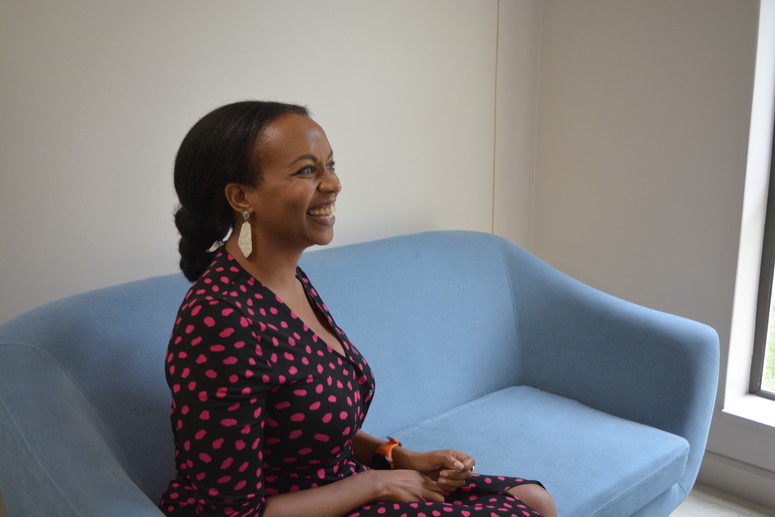 Juliet in her interview with ico-D February 2020 Johnannesburg
Juliet in her interview with ico-D February 2020 Johnannesburg
ico-D: One of our themes at the Council, that we look at around the world, is women in design. How have women designers in Africa been key contributors to the discourse on local and global change?
Juliet: Personally, I have rarely seen women designers as a strong phenomenon for change here, and that’s why I put myself forth. The moment I inserted myself into these “rooms” where I was bashing down the door, saying, Hey, I need to be involved!—then I started seeing the way forward. So what’s going on? Either the women designers involved aren’t vocal, or there are not that many of them. And I can speak as a woman of colour, which is another level.
However, now, the women who have joined the IID, being Directors Robyn Self, and Charisse Johnston things are changing through them, maybe just by the nature of them being women, and their empathy and understanding of how design and life interrelate, I feel that this shift in direction is massive. That said, I would like to see more women designers in Africa more directly involved in actions for change.
ico-D: "Our Time is Now” was the theme for the event we went to. Obviously there is a shift happening from the traditional European-centric design world-view to a more global design view with influences from China, India and Brazil. Who do designers in South Africa look to, inside and outside the country? Is there a feeling that designers are starting to develop their own distinctly African approaches? What are they?
Juliet: South Africa is a deeply creative society, and this creativity spans various industries be it in hospitality, advertising, architecture and design. The source of this creativity could be from cultural influences and a resurgence in the pride in indigenous practices and style through clothing, food and language.
With 11 beautiful official languages, there is space to communicate within the comfort of one’s own dialect, easing expression and thus creativity.
Not to say that there is a lack of pride and precedent from east, north and western Africa, but to say that as a country, South Africa has proven more than once to be able to hold her head high on the global stage.
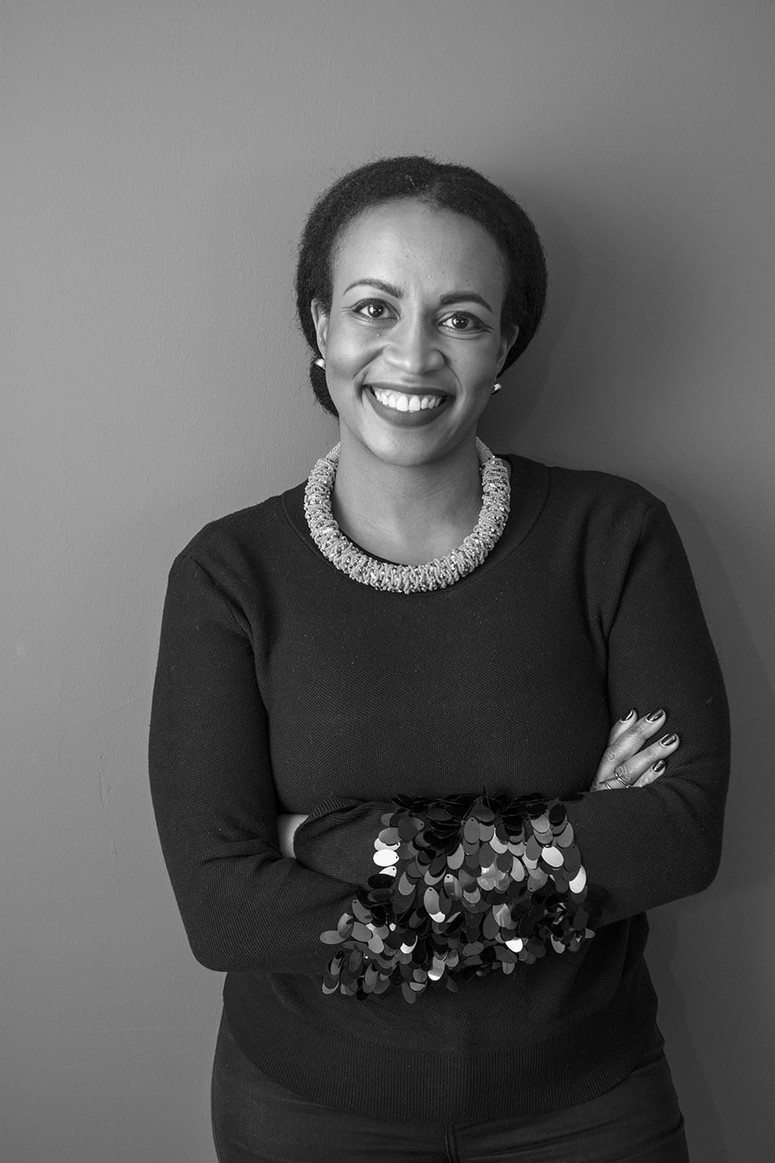
BIO
Juliet Kavishe is a Professional Interior Architect and alumnus of the University Of Pretoria, South Africa. Her education was further bolstered by a traineeship focusing on bridging the gap between spatial design and curatorship of artworks at New York’s Guggenheim Museum.
Over the course of a career spanning 13 years and two continents, Juliet has worked as an Interior Architect on projects with a focus on high-end residential homes and commercial and corporate workspaces.
Her keen interest in education has afforded her the privilege to invigilate and moderate design exams from undergraduate to postgraduate level at various design institutions in South Africa for the past decade.
Her passion for the promotion of her profession, particularly within a broader African context has led to various opportunities for Juliet to share her expertise in Interior Design, including a lecture in 2013 on sustainable design and traditional African building practices at the World Policy Institute in New York and her call-up as Juror for the Caesarstone Student Design competition in 2019.
A self-proclaimed Afro-minimalist, she brought her personal ethos as an ambassador for the African Institute of the Design Profession (IID) in 2018 and contributed to the Pan Afrikan Design Institutes (PADI) panel discussions around the identity of "Afrikan Design" in February 2020. She has subsequently been appointed to be an interim board member and editor-in-chief of their (PADI) publications committee.
Her upbringing in four countries on two continents and her extensive travels in later years have inspired Tanzanian-born Juliet to create spaces influenced by her global citizenship, some of which can be seen in publications such as SA Décor & Design, Designing Ways, Africanism and Archdaily. Her personal Design Motto is that Architecture or Design is achieved once you consider the complexities and interrelationships of human beings and their surrounding.
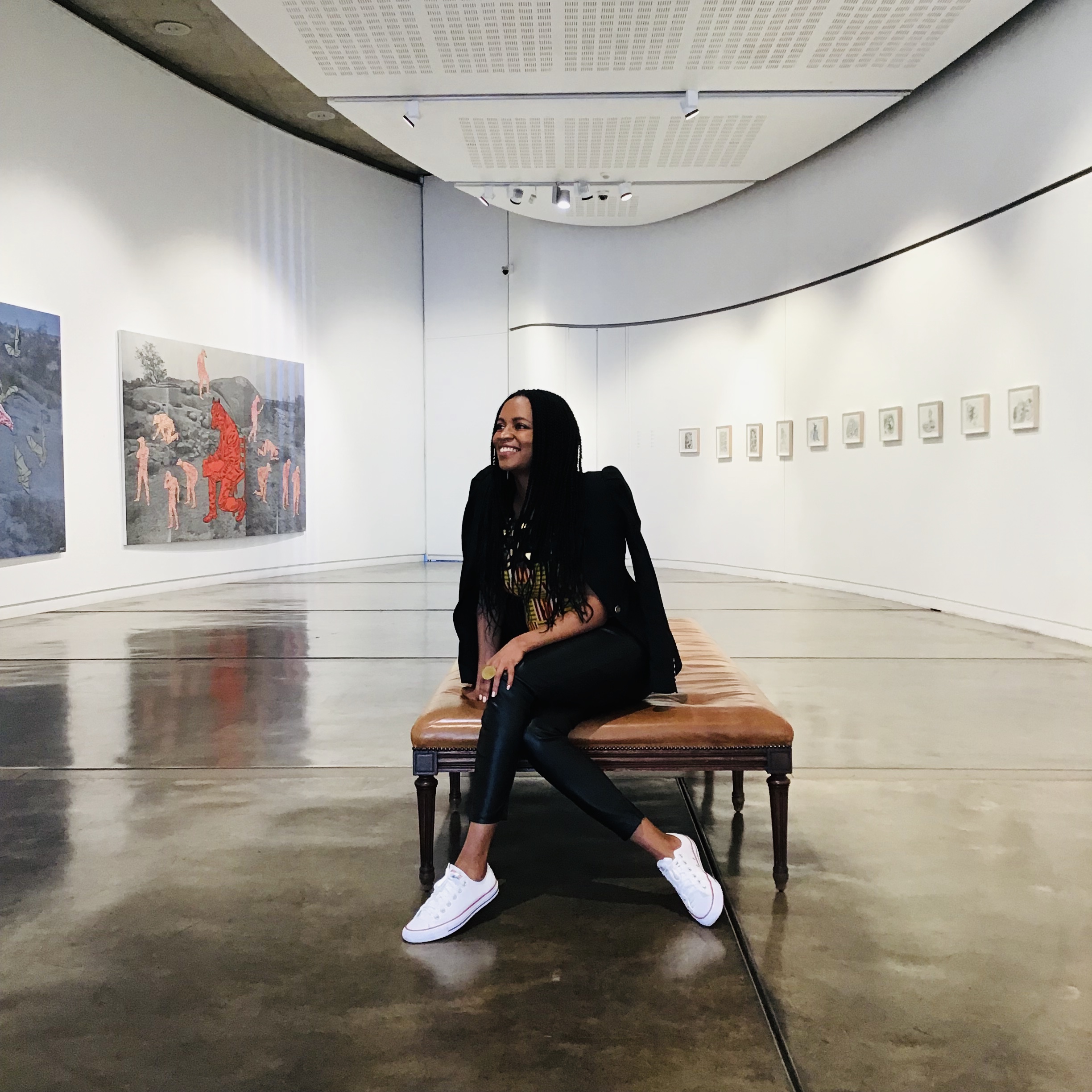
relatedarticles
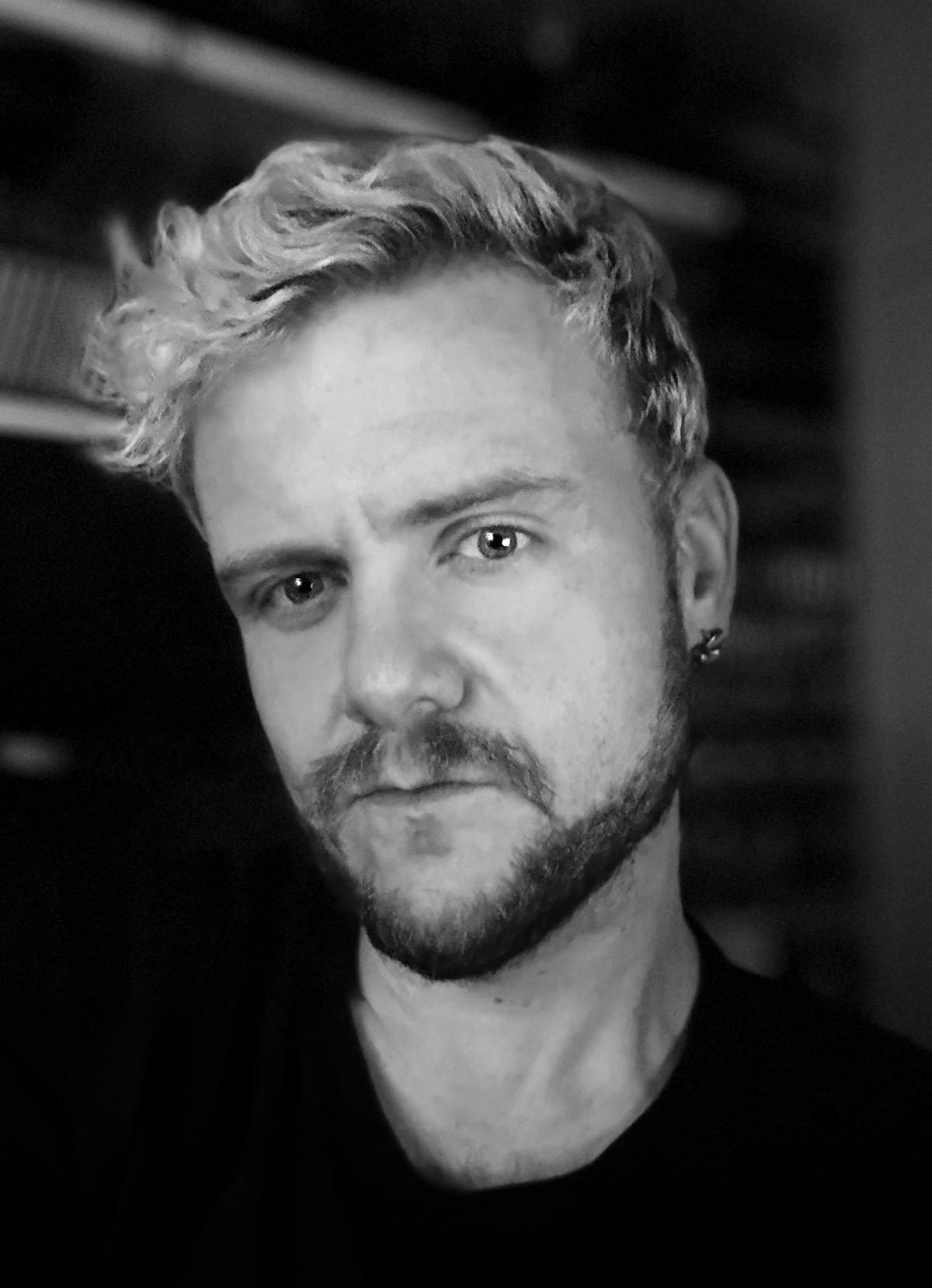
ICoD exclusive interview with kyle rath on design and AI
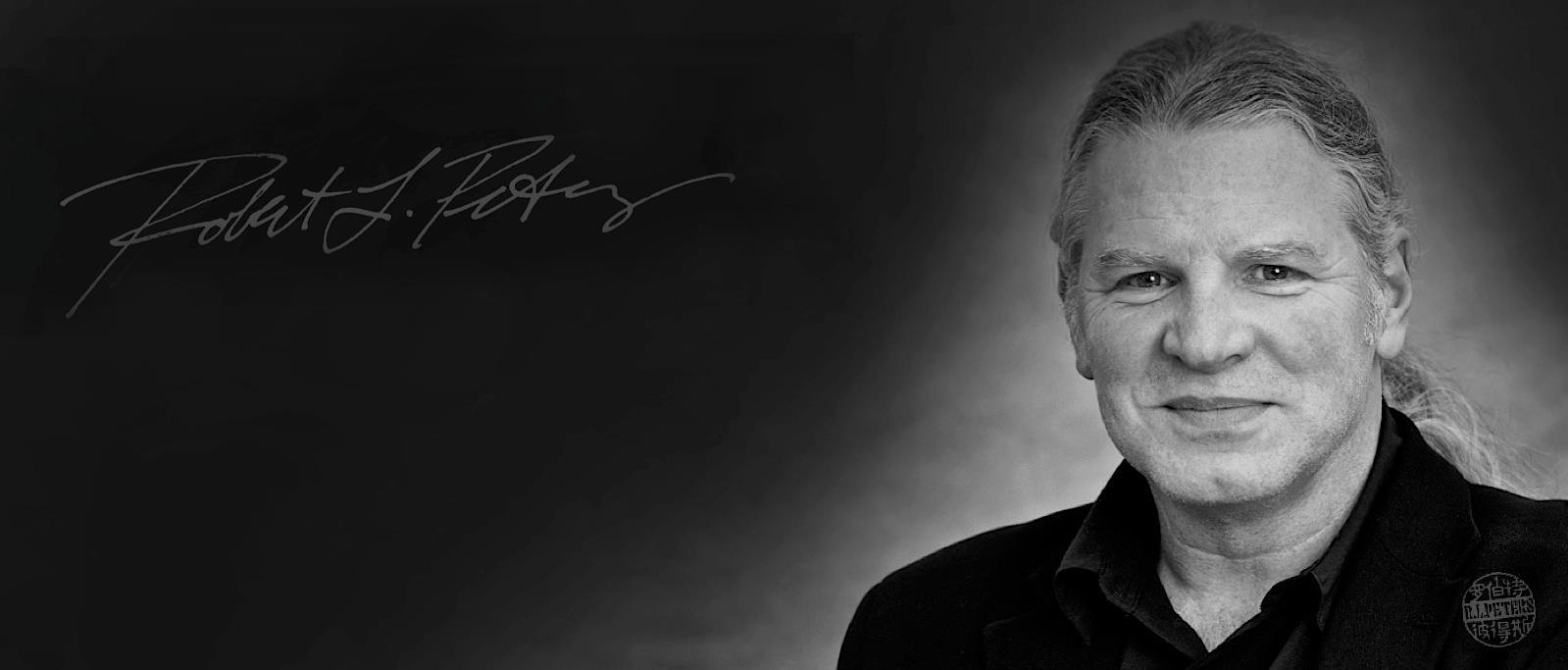
robert l. peters: guiding the future of design
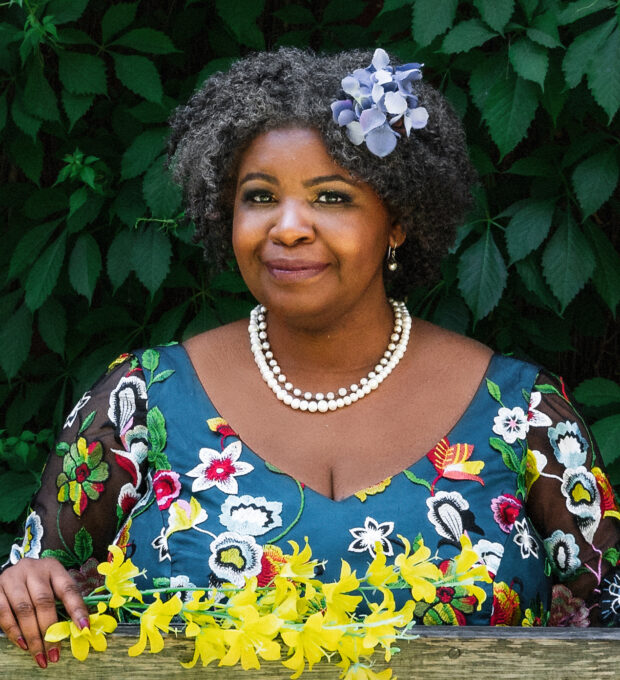
ICoD interviews elizabeth (dori) tunstall on decolonising design

it may look good on instagram but you want to enjoy living in it
